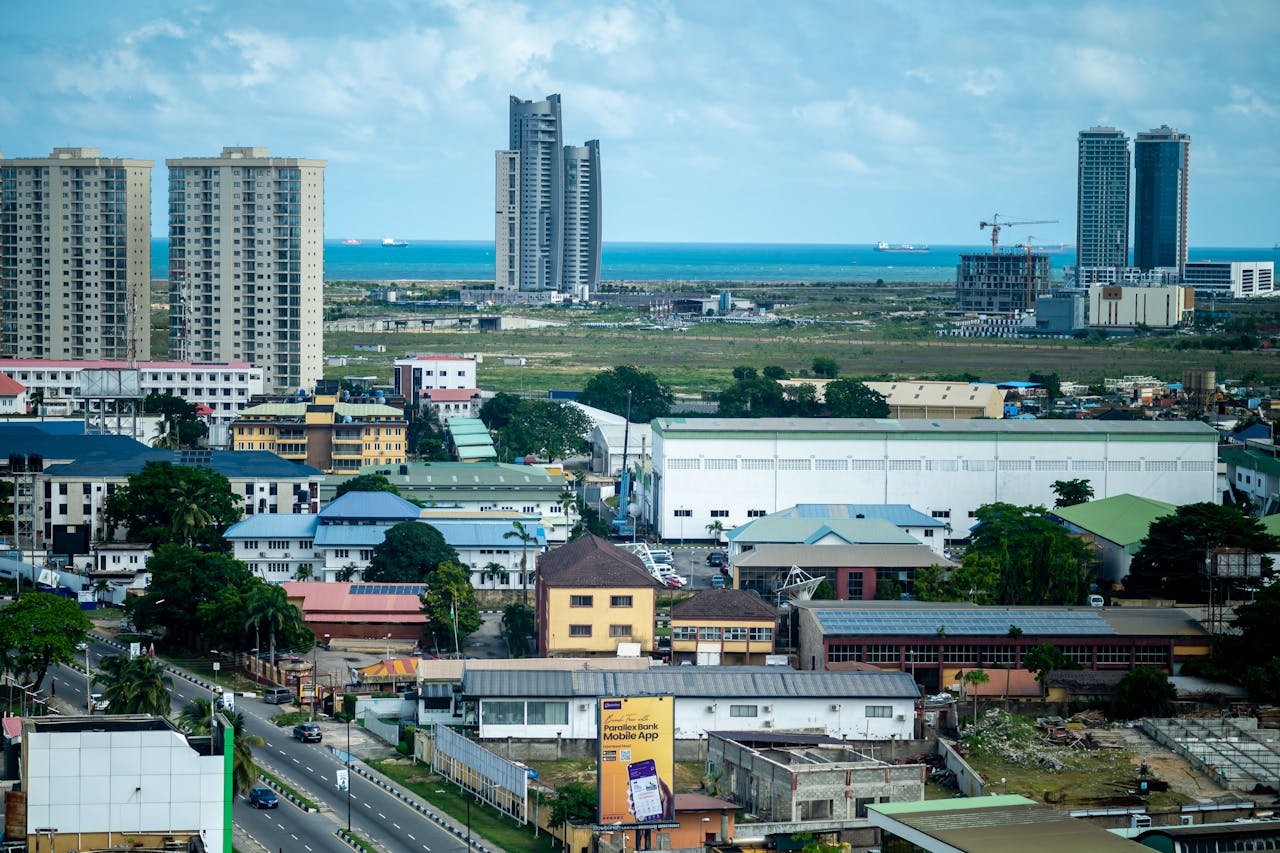Is this the best economy or the worst economy?
It depends on who you ask.
Many people say that the US economy is doing great. We have had record stock prices, modest GDP growth, low unemployment, and falling inflation. Current economic forecasts have grown more positive and consumer sentiment has improved. Even real wages, which fell during the high inflation of 2021 and 2022, have begun recovering. Not only is official unemployment low, but labor force participation has also been recovering from its low after the disastrous COVID policy in 2020.
Given the dire predictions and expectations of most economists (me included), 2023 was a good year for the economy. This is particularly evident if you compare the United States with other developed countries. Europe’s growth was slow. Many other developing countries had subdued growth in 2023.
So, reporters can be forgiven for their optimistic and positive views of the US economy. The macro data from 2023 looks pretty good, and the storm clouds seem to have receded. But there are also reasons to suspect that we may be in the eye of the storm, not in its rearview mirror.
The tale of two economies involves the widely varying experiences of different people. Those who own assets like houses or stocks saw a dramatic increase in their wealth over the past three and a half years — over $12 trillion in house equity and almost a doubling of stock prices. And professionals who are more likely to have jobs in industries receiving billions of dollars of government largesse have also seen healthy wage increases. But millions of Americans have not seen these gains. They have only seen higher prices.
And from their standpoint, this is the worst of economies.
One issue is distress in the commercial real estate market. Office occupancy has still not recovered to pre-pandemic levels in most places — and in badly governed cities like San Francisco and Chicago, it may not recover for decades. Companies that bought and financed commercial buildings before 2020 have been struggling with their loan payments — especially those that have floating rate debt or balloon payments requiring refinancing. The financial woes of commercial real estate companies can quickly become financial woes of the regional banks who lent them trillions of dollars in the first place and could be left holding the bag of depreciated office buildings.
Government spending will also become a drag on the economy soon. Artificial economic stimulus through massive spending bills like the Inflation Reduction Act (infrastructure bill), CHIPS Act, and others will taper off as the months go by. But politicians and bureaucrats don’t have a magical crystal ball telling them which projects, technology, or companies will be successful. Much of this extra spending, while billed as investment, will likely end up wasted on inefficient companies and unproductive projects.
This connects to another future drag on economic growth: government deficits and debt. It’s no secret that US national debt has been growing at an alarming rate over the past two decades. In an era of high interest rates, that growing federal debt has become a big problem for government budgets. Last year the US government spent about $875 billion dollars in interest on the debt. That’s more than the federal government spent in its entirety in 1983. There are three possible resolution scenarios to federal government borrowing and spending — none of them good for economic growth in the near term.
Congress could continue to spend trillions of dollars more than they receive in tax revenue. That will make interest rates rise even higher and reduce how much companies invest as more dollars flow to the federal government. Less investment means less growth. Alternatively, the Federal Reserve could step in to keep interest rates from rising by buying large amounts of government debt with newly created money. While reducing the drag of higher interest rates on investment spending, this Fed intervention would cause inflation to rise. Although high international demand for dollars offers some protection against inflationary pressure, we saw the limits of this protection in 2021 and 2022 after dramatic monetary expansion.
A third potential scenario involves austerity. Congress could muster the will to tighten its belt and reign in spending. Such austerity would likely slow the economy temporarily as companies adjust to the spigot of federal dollars being turned off. Over time, though, less federal spending will create more room for private sector investment and production. While these three scenarios have different long-term effects, none of them look good for the economy over the next 12-24 months.
These two economies are unlikely to coexist for long. One of these “economies” will come to dominate in 2024. Either the low unemployment, falling inflation rate, and expanding real output economy will lead to real wage gains, smaller government deficits, and reductions in household indebtedness…or imploding commercial real estate portfolios, pinching credit card debt interest, and runaway federal debt will drag the real economy down causing unemployment to rise, growth to slow, and stock prices to retreat.
Has the storm passed or are we in the eye of it? If only we had a crystal ball…







































